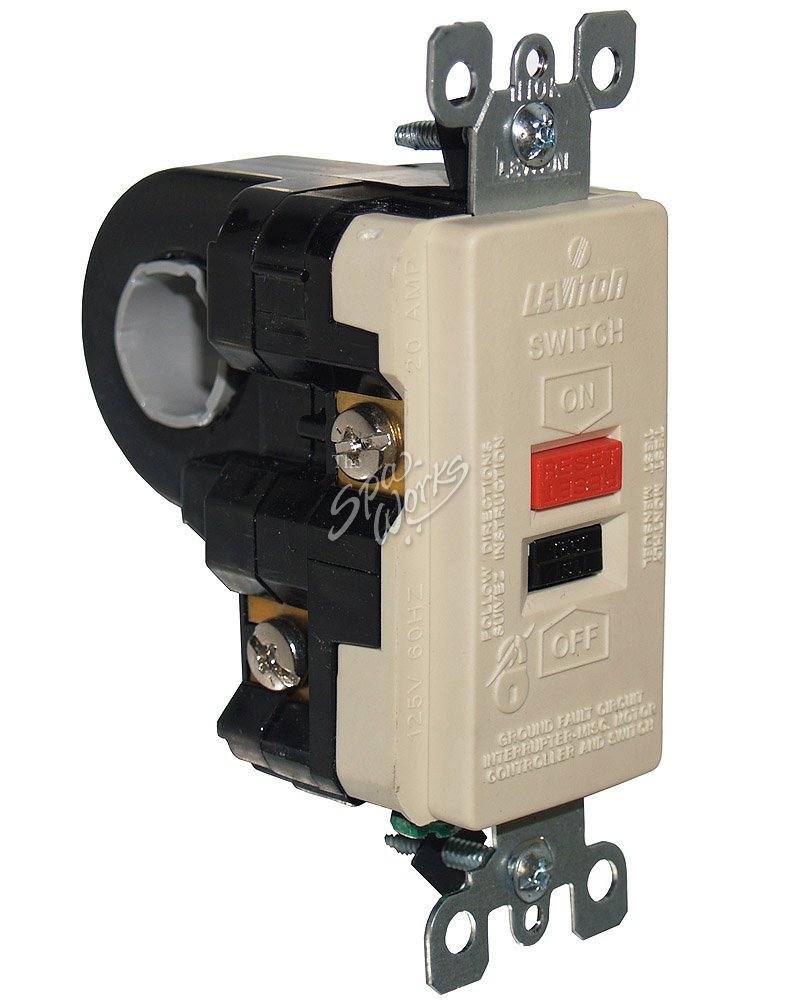Hey, just looking for someone to hopefully tell me I'm wrong...
I have a GFI or not GFI question.
A three phase 30 amp 120 /208 volt twist lock receptacle in a commercial kitchen.
It seems new 2017 rules says this has to be a GFI circuit. 210.8(B)
I'm asking because the panel is a QO bolt in and a Sq D Bolt on 3 pole 30 amp GFI breaker is $$$.
Thanks
I have a GFI or not GFI question.
A three phase 30 amp 120 /208 volt twist lock receptacle in a commercial kitchen.
It seems new 2017 rules says this has to be a GFI circuit. 210.8(B)
I'm asking because the panel is a QO bolt in and a Sq D Bolt on 3 pole 30 amp GFI breaker is $$$.
Thanks



